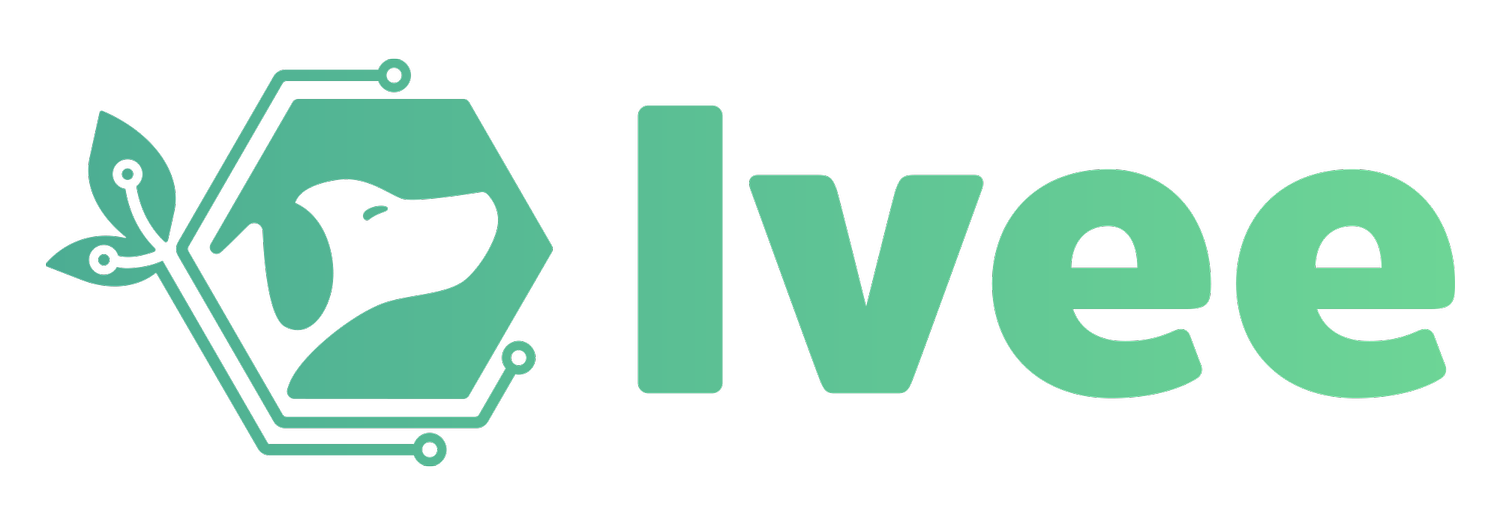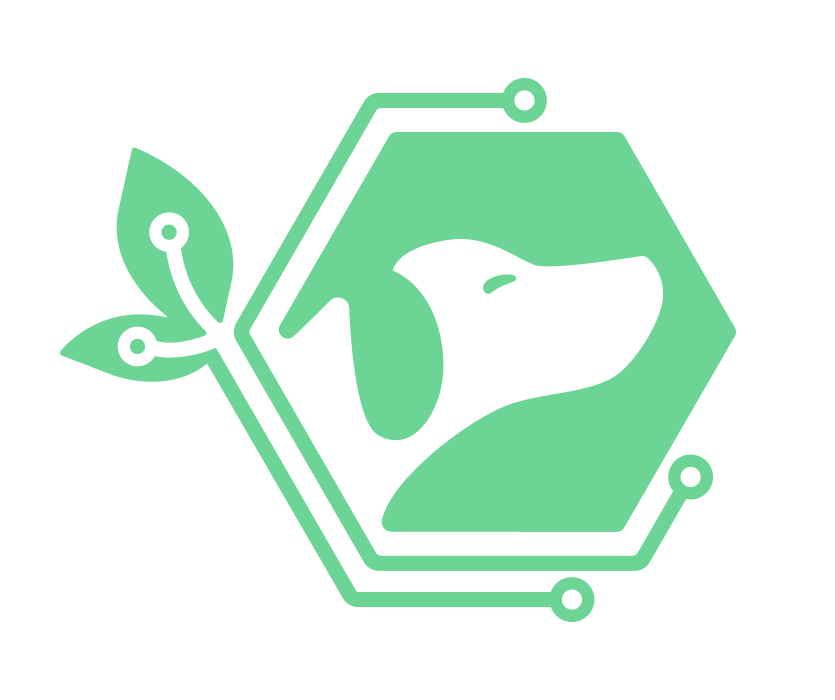Does More Technology Mean Better Care?
There are many different health concerns that are plaguing pets throughout the United States. From cataracts to heartworms, from arthritis to cancer, there are many different health issues that are running rampant. Taking steps to keep your pet healthy can minimize the occurrence of issues like these. Seeing your vet for routine wellness exams can also help you discover health problems before they get out of control.
More and better technology in the veterinarian space means increased communication, early detection of possible illnesses, and better access to continuing education in pet care.
Electronic systems also allow veterinarians to maintain communication with clients beyond annual visits. They can share training opportunities, regional infection or infestation concerns, medication storage and handling requirements, and distribute new product and services information.
Technology for Maintaining Better Care
Technology streamlines client-veterinarian communication. Sending appointment reminders for vaccines and check-ups, grooming appointments, seasonal parasite control, and so much more.
Webinars, white papers, and quarterly pest reports create additional opportunities that can result in more visits and increased revenue potential.
In addition to increasing communication and encouraging continuing education among pet owners and veterinarian staff, technological advancements continue to improve the level of care veterinarians are able to provide, as well as the affordability and accessibility of the practice.
Laser and laparoscopic surgeries provide less invasive procedures and quicker recovery times. Diagnostic imaging—CT scans, ultrasounds, and MRIs— allow earlier diagnosis and provide baselines for before- and after-care. Diagnostic lab equipment has become easier to acquire and maintain in-house, offering more immediate results that can seamlessly integrate into electronic patient charts.
The practice of pet microchipping is growing, as well. Along with placing implants, veterinarians record pet registration information in microchip manufacturer databases. These are interconnected through the American Animal Hospital Association’s lookup tool.
Veterinary practice software has evolved to integrate with laboratory and diagnostic equipment and to streamline data, lab results, and images directly into a patient’s medical record. This data captured can be then shared with other veterinary specialists for dual treatments, consultations, training, or educational purposes. This brings us to the beauty that is veterinarian telemedicine.
Telemedicine: Bringing Veterinarian Technology Home
The use of new platforms and tools allow veterinary professionals to share and access data in a central repository. This level of integration also provides the opportunity to connect to mobile devices to allow veterinarians to easily access data for off-site and virtual appointments.
Telemedicine offers immediate access to specialists who can quickly review radiology, pathology slides, and other diagnostic data. This faster and increased reach continues to revolutionize the way veterinarians diagnose and treat patients.
What Could Be Next?
As health issues continue to plague our pets, there has to be better technology that is coming.
Your dog is eating? A Telehealth application will alert you.
Your cat has decreased the amount of its exercise? A Telehealth application will alert you.
The surrounding area you are in has an unhealthy air quality? A Telehealth application will alert you.
Early detection and red flags will be communicated through tools and technology. The better the data and access is, the more clear the red flags will be and the earlier the detection. Hopefully, as time goes on and technology advances, our pets can live longer, healthier, happier lives.




